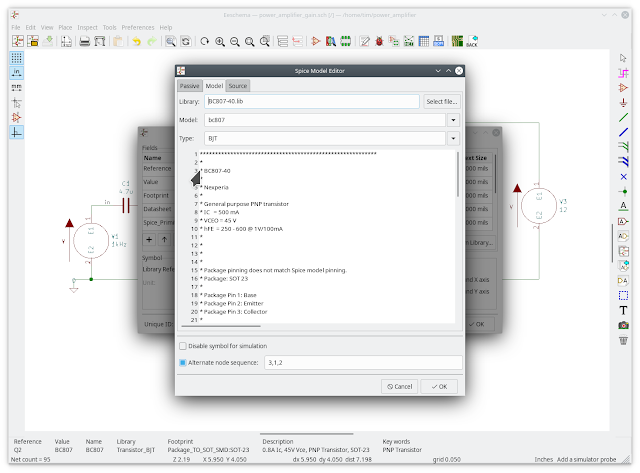Wow, why is a Russian satellite signal stronger than all the GPS satellites in New Zealand?
Something bright in the radio sky
First noticed yesterday (24 Feb 2019) that a very bright object has appeared in the radio-sky at civilian GPS frequency (1.575 GHz).. This object is stationary, and it's sky-coordinates corresponds to the Russian LUCH 5A geostationary satellite. It hasn't moved in more than 24 hours.
This object is so bright that all other GPS, Galileo and even the Japanese QZS satellites are drowned out. The image below is a snapshot all-sky image taken with the TART radio-telescope located in New Zealand.
What is it the Luch 5A?
The position corresponds to a Russian geostationary relay satellite, the LUCH 5A. My estimate is that the signal strength is 300 times stronger than a GPS satellite signal. This satellite has two antennas in the S- and Ku-band antennas for communications between spacecraft in the low Earth orbit, including ISS, with mission control when they are beyond the range of ground control.| The Luch 5A satellite. Image (c) Bin im Garten [CC BY-SA 3.0] |
The satellite , shown above, has two large directional antennas, which might be capable of operating on the GPS L1 band. However the L1 band does not lie in the 2-4 GHz range of the S-band or the 12-18 GHz Ku band.
Certainly the signal strengths observed are consistent with a large directional antenna pointing at New Zealand.
Certainly the signal strengths observed are consistent with a large directional antenna pointing at New Zealand.
What is it doing?
Really, I have no idea, but would love to know. Aside from drowning out all other sources in our radio telescope, there is a small chance that the strong signal will reduce the effectiveness of civilian GPS receivers that operate in the L1 band at 1.575 GHz.


Comments
Post a Comment